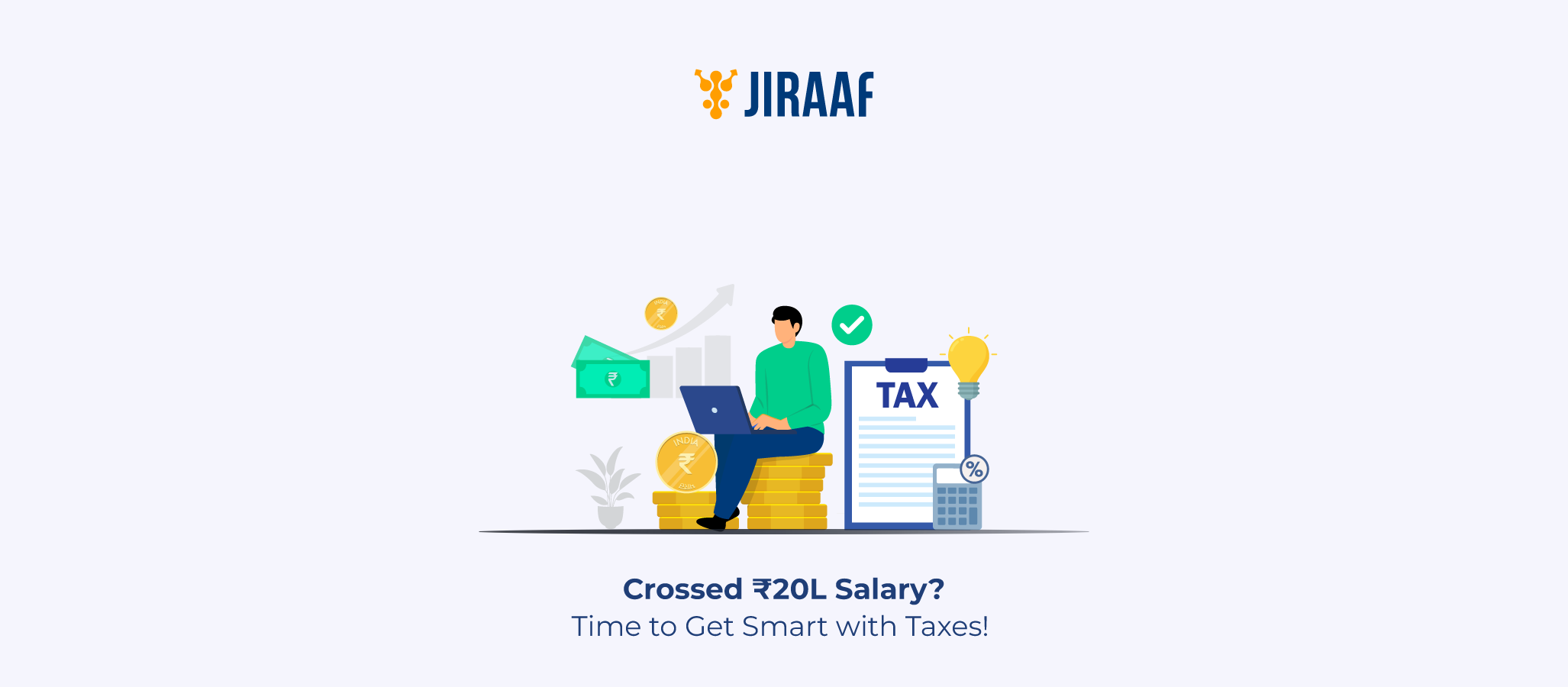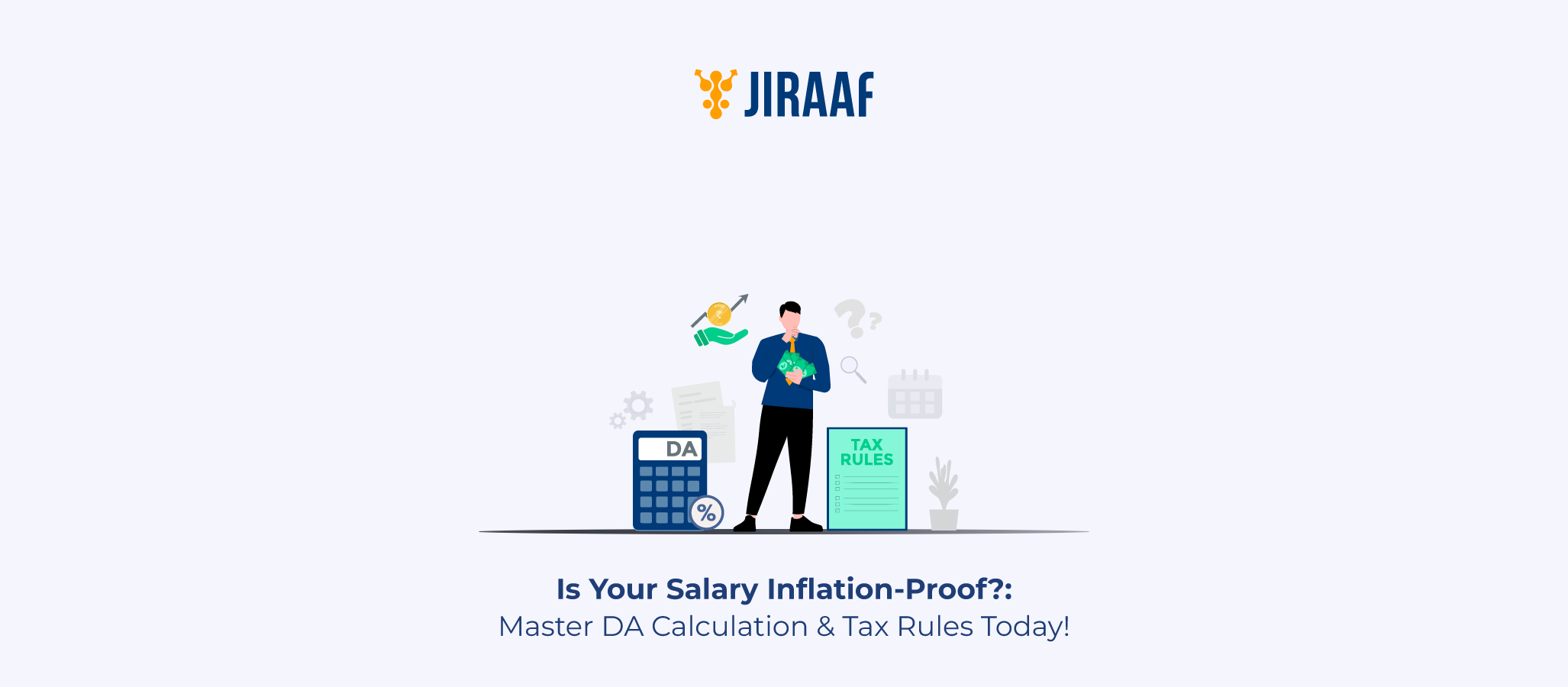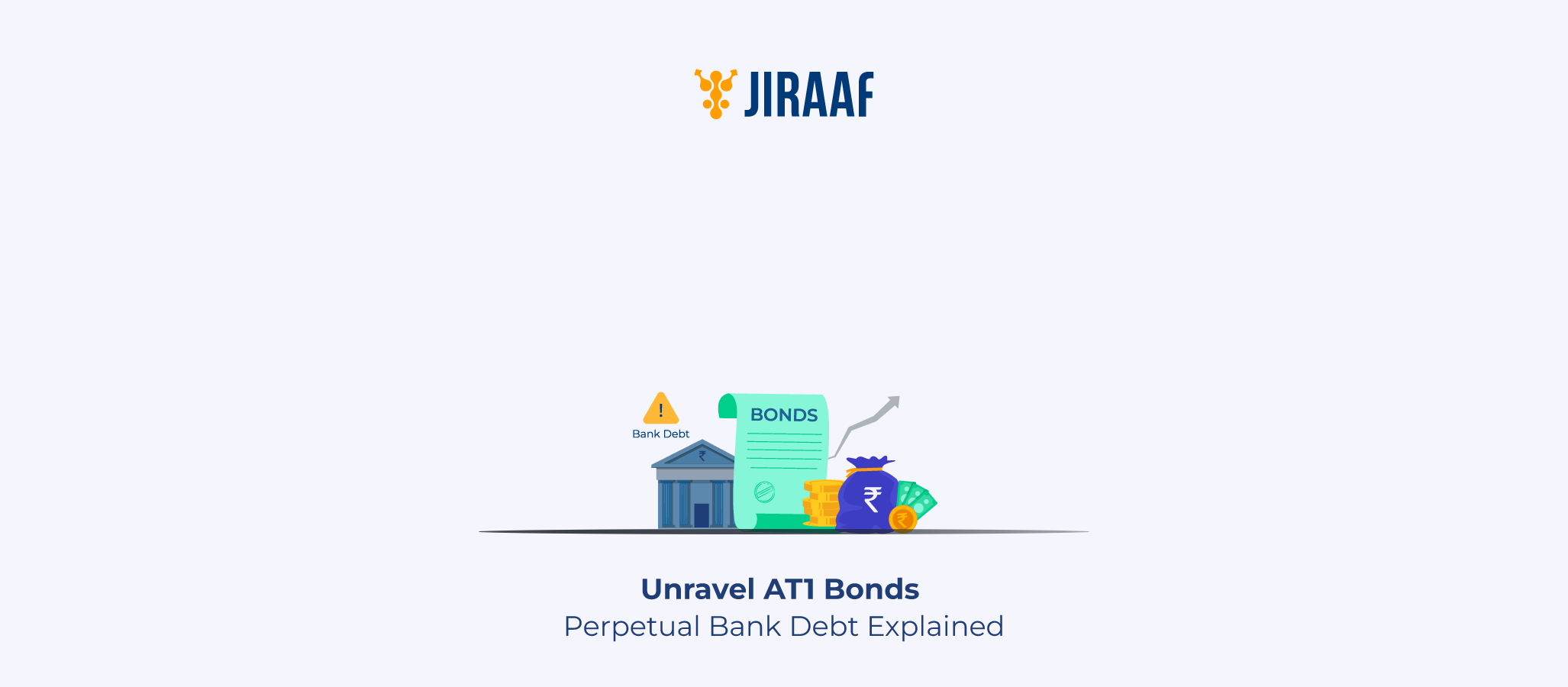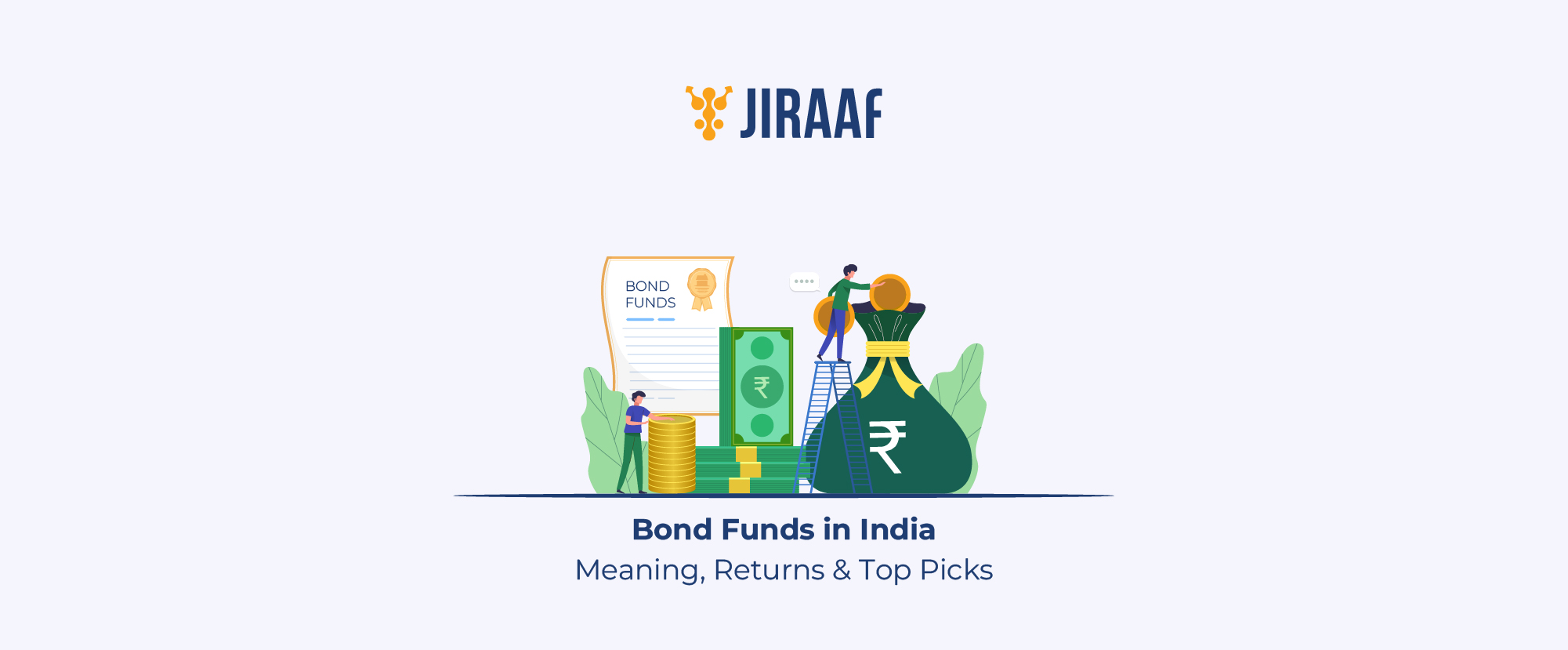Crossing the ₹20 lakh salary mark is a significant milestone in everyone’s professional journey. But with higher income comes a larger tax liability and potentially more stress during tax season. Fortunately, the Indian Income Tax Act offers several legitimate ways for you to reduce your taxable income, all while staying compliant, if you are smart and know how to use the sections to your benefit.
This guide is tailored specifically for high-salaried individuals like you, showing exactly how to plan your finances smartly to save tax, invest wisely, and make the most of every deduction and exemption available to you under the law.
Understand Your Salary Structure
Your salary is made up of multiple components, and how each component is taxed makes a big difference.
Key Components of a Salary
- Basic Salary: Fully taxable.
- House Rent Allowance (HRA): Partially exempt if you pay rent.
- Special Allowance: Fully taxable.
- Performance Bonus: Fully taxable.
- Provident Fund Contribution: Employer’s contribution up to 12% is exempt.
- Leave Travel Allowance (LTA): Exempt twice in four years (conditions apply).
- Gratuity and Pension: Tax treatment depends on the tenure and amount.
Tip: Customize your salary structure with your HR to increase tax-efficient components like HRA, LTA, food coupons, and reimbursement-based perks.
Choose Between the Old and New Tax Regime Wisely
From FY 2025–26, the new tax regime has revised slab rates and an increased rebate, making incomes up to ₹12.75 lakh effectively tax-free for salaried individuals due to the ₹75,000 standard deduction and the increased Section 87A rebate.
Since FY 2020–21, you have the option to choose between
- Old Tax Regime: Allows most deductions and exemptions.
- New Tax Regime: Offers lower slab rates but no major deductions or exemptions (except standard deduction and employer NPS contribution).
When to Choose the Old Regime
If you claim
- ₹1.5L under Section 80C
- ₹50,000 under Section 80CCD(1B) (NPS)
- ₹25,000–₹75,000 under Section 80D (Health Insurance)
- HRA, LTA, etc.
When to Choose the New Regime
If you do not have major deductions or HRA benefits, the new regime’s flat rates could be better.
Maximize Section 80C
Section 80C is a goldmine for salaried taxpayers as it allows for deductions up to 1.5 lakhs!
Popular Options
| Investment/Expense | Max Limit | Lock-in | Tax Regime |
| EPF | Employer’s share mandatory | Till retirement | Old |
| Public Provident Fund (PPF) | ₹1.5L | 15 years | Old |
| ELSS (Tax Saving Mutual Funds) | ₹1.5L | 3 years | Old |
| Life Insurance Premium | Up to ₹1.5L | Varies | Old |
| Principal on Home Loan | Part of 80C | 5 years | Old |
| Children’s Tuition Fees | ₹1.5L | NA | Old |
Tip: Use a combination, like ELSS + PPF + EPF, for liquidity, growth, and safety.
Leverage Section 80CCD(1B) for an Additional ₹50,000 Deduction
Investments in the National Pension System (NPS) qualify for tax exemptions over and above the 80C limit.
- Anyone between 18 and 70 years can invest.
- NPS offers market-linked returns and a pension corpus.
- Great tool for both retirement and tax planning.
Claim HRA Exemption
If you’re staying in a rented house and getting HRA as part of your salary, you can claim this exemption under the old tax regime only.
HRA Exemption = Least of the following
- Actual HRA received
- 50% of salary (metro) or 40% (non-metro)
- Rent paid—10% of salary
Tip: Keep rent receipts and the landlord’s PAN if rent exceeds ₹1 lakh per annum.
Utilize Section 80D—Health Insurance Premiums
Medical emergencies don’t announce themselves—and premiums offer tax savings under section 80D of the Income Tax Act.
Limits
- Self + Family (below 60): ₹25,000
- Parents (above 60): ₹50,000
- Preventive health check-up: Up to ₹5,000 included
Pro Tip: Buy family floater plans for efficiency and combine with critical illness cover.
Deduct Home Loan Interest Under Section 24(b)
Home loan interest offers a deduction of ₹2 lakh per annum if:
- The property is self-occupied.
- A loan is taken for purchase/construction.
- Construction is completed within 5 years.
You can combine this with 80C (principal repayment) and 80EE/80EEA (if eligible) for maximum savings.
Claim LTA and Reimbursements
LTA
- Can be claimed for 2 journeys in 4 years.
- Only domestic travel by air/rail/road is allowed.
- Requires proof and employer approval.
Note: LTA exemption is not available under the new tax regime from FY 2025–26; it is only claimable under the old regime.
Other Reimbursements
- Fuel & vehicle maintenance
- Internet and telephone bills
- Meal coupons
- Books and research allowances
Invest in Tax-Free Instruments
1. PPF (Public Provident Fund)
- Tax-free returns (EEE status)
- Lock-in of 15 years
2. Sukanya Samriddhi Yojana
- For girl child
- EEE status
- Up to ₹1.5L under 80C
3. EPF
- Mandatory for salaried individuals
- Interest up to ₹2.5L/year is tax-free
Use Section 10(14) Allowances Effectively
Tax-free allowances (if spent for specified purposes):
- Travel Allowance
- Education Allowance
- Uniform Allowance
- Special Compensatory Allowances
Structure your salary to include these if you’re eligible.
Deduct Interest on Education Loan (Section 80E)
If you’re repaying an education loan (for yourself, spouse, or children), claim unlimited interest deduction under Section 80E for up to 8 years.
Donate Smartly (Section 80G)
Charitable donations to approved NGOs and relief funds are deductible under section 80G.
Categories
- 100% without restriction (e.g., PM CARES)
- 50% with/without restriction
Tip: Keep donation receipts and Form 58 (if required).
Other Sections to Consider
| Section | Purpose | Limit |
| 80GGC | Donations to political parties | 100% of amount donated |
| 80TTB | Interest income for senior citizens | ₹50,000 |
| 80DD | Expenses for disabled dependent | ₹75,000–₹1.25L |
| 80U | Disability benefit (self) | ₹75,000–₹1.25L |
Capital Gains Tax Planning
If You Have Investments
- Long-Term Capital Gains (LTCG) from equity > ₹1 lakh taxed at 10%
- Real estate LTCG taxed at 20% with indexation
How to Save
- Use Section 54, 54EC, or 54F
- Reinvest in bonds or another property
Smart Planning with Family Members
- Buy health insurance in your parents’ name.
- Invest in a spouse’s or child’s name to diversify tax liabilities.
- Open PPF or Sukanya Samriddhi in the child’s name.
- Use clubbed income rules carefully.
Consider Forming HUF (Hindu Undivided Family)
You can claim separate 80C, 80D, and basic exemption limits under HUF.
- Ideal if you have ancestral income.
- Great for tax diversification.
Things to Avoid
| Mistake | Why It Hurts |
| Not submitting investment proof | Results in higher TDS |
| Choosing wrong tax regime | You lose on exemptions or pay more |
| Ignoring health insurance | Missed 80D benefits and risk exposure |
| Waiting till March to invest | Poor financial decisions |
| Not taking advantage of employer benefits | Salary not optimized for tax efficiency |
Conclusion: Strategic Tax Planning Is a Long-Term Game
When your income crosses ₹20 lakhs, every financial move has tax implications. The key to saving big on taxes isn’t about last-minute juggling—it’s about year-round smart planning. From optimizing your salary to using the right sections of the tax code, you can bring down your liability substantially without compromising your goals.
So don’t just focus on paying less tax. Focus on growing your wealth efficiently and legally while using taxes as a tool to shape your financial roadmap.
FAQs
What is the best tax-saving option for high-salaried individuals?
A mix of ELSS, NPS, health insurance, and home loan deductions under the old tax regime can offer maximum savings.
Can I still switch between old and new regimes every year?
Yes, salaried employees can choose between old and new regimes every financial year.
How much tax will I pay if my salary is ₹21 lakhs?
It depends on your deductions and regime choice. Under the old regime with ₹3–4L in deductions, you’ll save over ₹75,000 compared to new regime.
Is NPS mandatory for tax savings?
Not mandatory, but highly recommended—offers ₹50,000 extra deduction under 80CCD(1B) and helps in retirement planning.
Can I take deductions for two house loans?
Yes. You can claim interest on both, but only one property can be self-occupied, the other is deemed let-out.
Discover fixed income investments with Jiraaf, a SEBI registered online bonds platform that educates and brings access to a wide array of bonds. Sign up today to explore diversified fixed income investment opportunities to support your goal-based wealth creation journey. Start investing!









